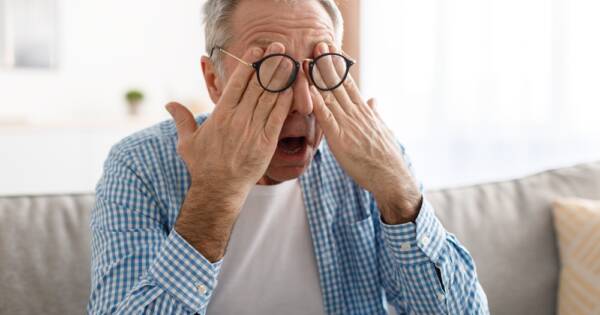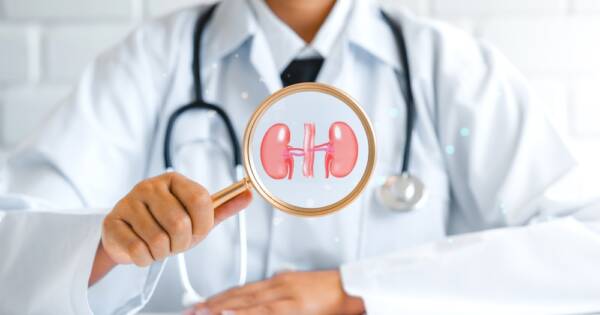Understanding stroke symptoms is critical for timely intervention and improving outcomes. This piece delves into the ten most common symptoms, emphasizing the urgency of seeking immediate medical care. The content explores varying symptom severities, the importance of rapid response, and effective prevention strategies. With advancements in treatment, early recognition of stroke signs becomes essential for optimal recovery. Prepare to navigate through key insights on stroke and its management, fostering better health awareness and preparedness.
Recognizing the 10 Common Symptoms of a Stroke
Recognizing the early signs of a stroke can make a crucial difference in the outcome of the incident. This section explores the ten most common symptoms associated with stroke, highlighting the urgency of seeking immediate medical attention in each case. A stroke typically occurs when blood flow is obstructed or a blood vessel ruptures, causing brain cells to be either starved of oxygen or compromised through bleeding as explained by medical professionals. The symptoms are sudden and can include numbness or weakness, especially on one side of the body. This may manifest in the face, causing drooping, or in the arms and legs, hindering movement and coordination.
Speech difficulties are another significant symptom. Individuals may experience slurred speech or trouble understanding what others are saying, as indicated in many clinical studies focusing on speech-related complications. Vision problems such as blurred or double vision may also arise suddenly, demanding immediate medical evaluation to prevent long-term brain damage.
Understanding the Severity and Subtlety of Symptoms
Each symptom can present with varying severity, emphasizing the need for quick recognition and action. Severe headaches that appear out of nowhere are a critical warning sign that should not be ignored. Such headaches may differ in intensity and feel compared to usual headaches experienced by the individual which often correlate with stroke events. Balance and coordination issues, such as dizziness or difficulty walking, commonly arise during a stroke and necessitate urgent medical care to stave off potential brain damage.
Another key symptom to consider is confusion, which can stem from an ischemic or hemorrhagic event disrupting normal brain function. Individuals may face exceptional difficulties in performing routine tasks, compounded by trouble speaking clearly or understanding speech. This phenomenon often reflects the impact on brain areas responsible for language and cognitive functions according to stroke care guidelines.
The Critical Role of Time in Stroke Events
In stroke scenarios, time is crucial. The acronym BE FAST—referring to Balance loss, Eyesight issues, Facial drooping, Arm weakness, Speech difficulties, and Time to call for help—serves as a quick guide for identifying stroke symptoms. Immediate medical response is vital as it can significantly affect recovery prospects and reduce the long-term impacts of a stroke by minimizing brain damage.
Transient ischemic attacks (TIAs), or mini-strokes, may present similar symptoms but are brief. Even if symptoms resolve, they should be treated every bit as urgently as full-blown strokes since they signal a high risk of future strokes. Addressing a TIA promptly can help mitigate longer-term consequences and enhance the probability of recoverability.
Risk Factors and Prevention Strategies
Stroke risk increases significantly with age and is often compounded by factors like hypertension, high cholesterol, diabetes, and lifestyle habits, including smoking and excessive alcohol consumption. It is equally important to manage known health conditions effectively to minimize stroke risk. Preventive strategies, such as adopting a healthy diet, regular physical activity, and regular medical check-ups, can be instrumental in reducing the likelihood of stroke occurrences according to preventive health recommendations.
Research has also underscored the importance of medications and medical devices in preventing stroke complications. Rehabilitation efforts post-stroke may encompass physical activity and monitoring for additional health issues like osteoporosis, seizures, and cognitive rehabilitation.
Advancements in Stroke Treatment and Recovery
Advancements in medical technology and treatment methods have vastly improved the prognosis for stroke survivors. Quick hospital intervention can even reverse stroke damage if managed within the first few hours. Techniques such as thrombolytic therapies and surgical intervention for hemorrhagic strokes can effectively reduce the impact on brain cells thus improving recovery outcomes. Recovery and rehabilitation are varied but often include an array of therapies to regain physical, speech, and cognitive skills. Progress can be most noticeable within the 18 months following the stroke.
Why You Should Learn More About Stroke Symptoms Today
Understanding the diverse symptoms of a stroke and how they present is vital for early recognition and response. Given the high-stakes nature of stroke events, awareness can transform outcomes dramatically, potentially saving lives and enhancing recovery experiences. Knowledge of preventative steps and the importance of quick medical response cannot be overstated. With continued advancements in medical care, individuals armed with information on recognizing and reacting to stroke symptoms play a crucial role in shaping positive health trajectories and ensuring preparedness in emergency scenarios.


